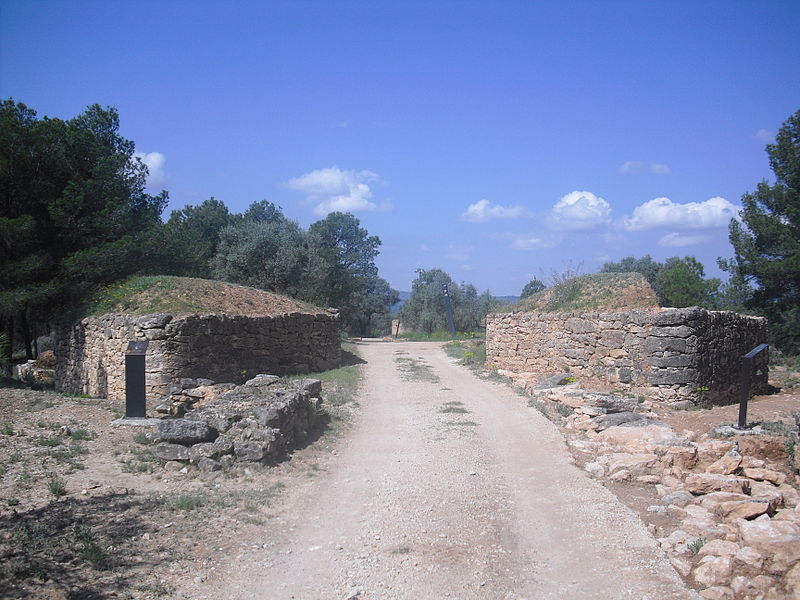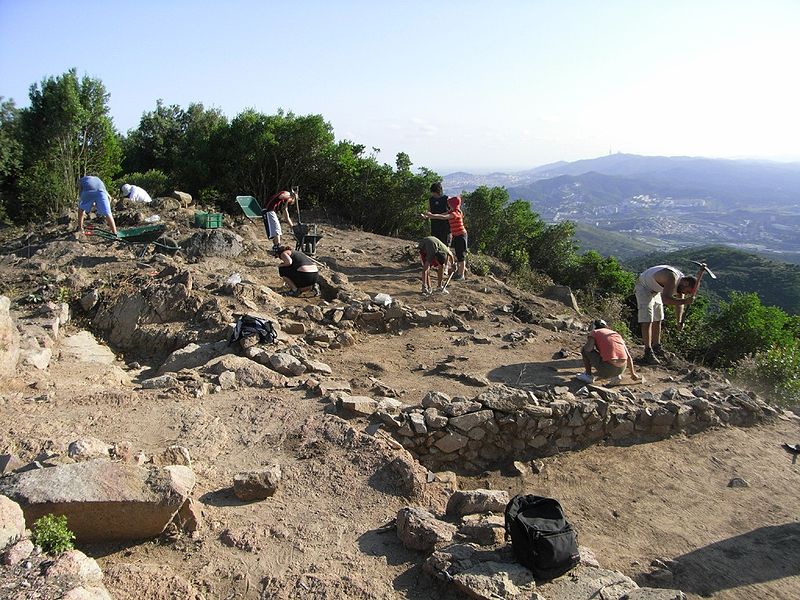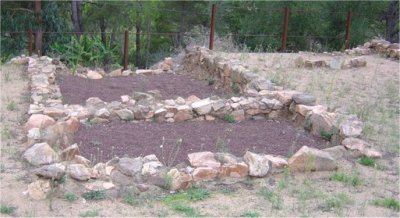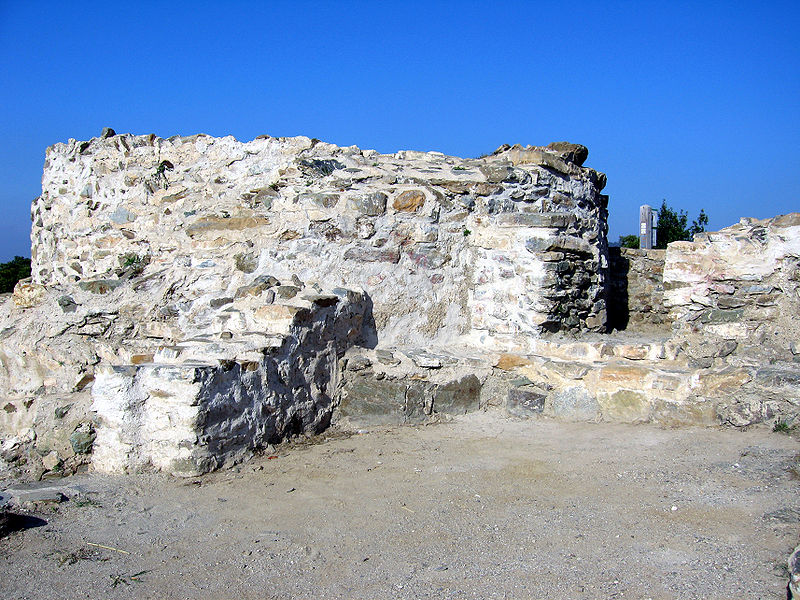Poblat Ibèric de Puig de Castellet, Lloret de Mar
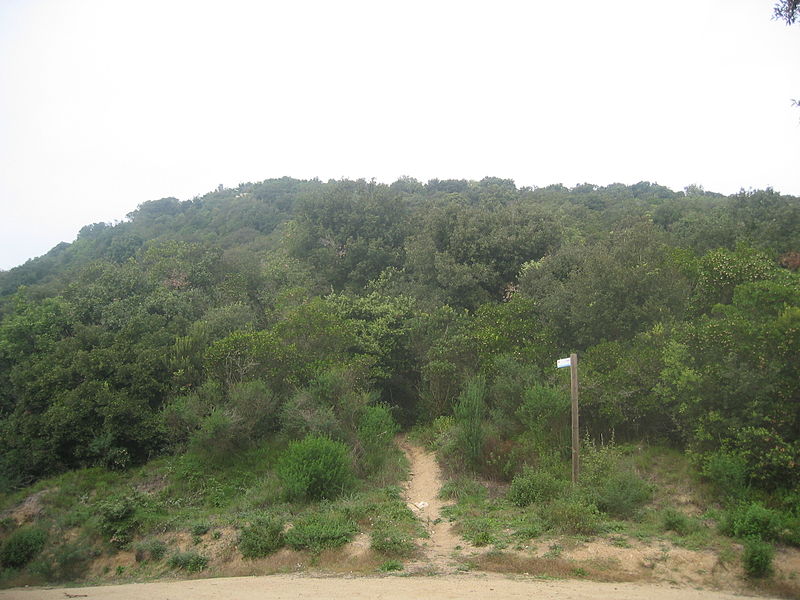
Facts and practical information
The Iberians, pre-Roman inhabitants of the east and south of the Iberian Peninsula, populated the territory of present-day Catalonia, leaving numerous remains that have survived to the present day. The oldest ones date from the 6th century BC and the last ones are dated around the 1st century BC.
These settlements were almost always located in privileged areas on the top of hills or small mountains from where they dominated the surrounding lands and communication routes. It is possible to appreciate an incipient urbanism in the disposition of the buildings that did not have foundations and began with a first row of cyclopean construction. Then the mud walls were erected and closed with a vegetable and mud cover as a roof. There were common and public spaces, such as squares, temples, cisterns or silos and other specialized ones, such as bread or pottery ovens. All this leads us to think of a well-structured organization with a certain social hierarchy.
The following is a concise description of the best-studied and best-known Iberian settlements in Catalonia. For a better understanding, they are arranged in alphabetical order.
Lloret de Mar
Poblat Ibèric de Puig de Castellet – popular in the area (distance from the attraction)
Nearby attractions include: Lloret Beach, Sant Romà, Museo "Casa de gatos", Magic Park Lloret.


